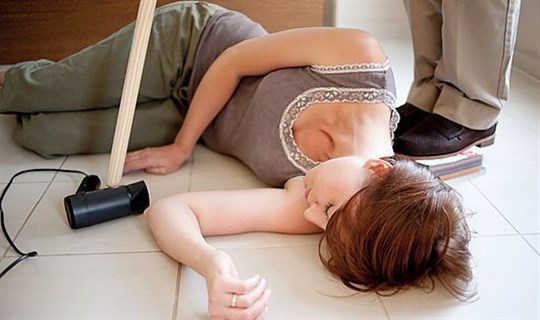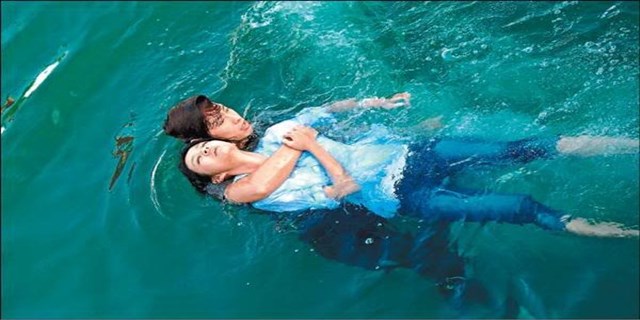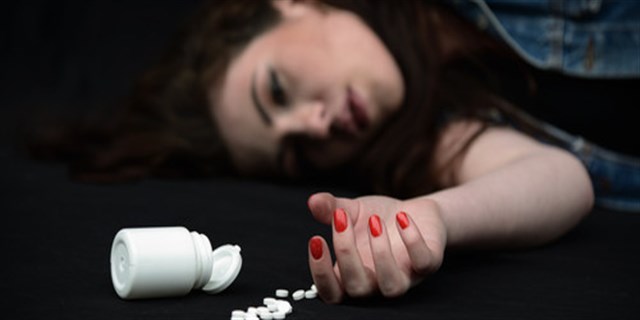Common Injuries at Home
It is very important to have basic information about the common types of injuries at home. Here you will find useful brief information about burns, drowning, and other home accidents. Now, let’s start with the first chapters:
Injuries at Home: Electrical Injuries
Many electrical injuries at home result from faulty switches, frayed cords, and defective appliances. Handling safe appliances with wet hands, or when standing on a wet floor, can greatly increase the risk of shock.
Breaking The Contact
Injuries at Home: Droning
Rescuing a Victim From Drowning
— A Breathing Victim: Having rescued a victim, hold her so that the head is lower than the chest to enable water to drain out. Dry her and keep her warm. All victims of near-drowning should go to the hospital – even if they appear to have recovered – to check that no water is in the lungs. Otherwise, secondary drowning – when the airway swells up later – may occur.
— A Non-Breathing Victim: Administering CPR If a victim is unconscious after being rescued from drowning, check her breathing and pulse. Begin CPR if she is not breathing. You may find CPR difficult to administer, however, if the victim’s lungs are full of water.
Preventing Problems
Hypothermia: If a victim of drowning has spent some time in the water, she may suffer from hypothermia – a potentially fatal reduction in body temperature. Remove all her wet clothes as quickly as possible, dry her thoroughly, and keep her warm and quiet.
Injuries at Home: Burns and Scalds
Cool burns and scalds at once to prevent further tissue damage and reduce pain. If a fire is the cause of the victim’s injury, make sure that both you and she are safe before attempting treatment.
Treating Major Burns:
Remove the victim from the source of the burn. Pour cold water onto the burn for at least 10 minutes.
Chemical Burns:
Detection: These can be caused by toxic household substances. They are less obvious than heat burns and may take time to develop.
Removing Chemicals
Hold the burned area under cool, running water for at least 10 minutes and wash away all traces of the chemical. Wear rubber gloves to prevent the chemical from splashing on to you. Treat the affected area as for major burns.
Scalds Effectively
Treating Minor Burns
Injuries at Home: Electrical Burns:
Causes: Electrical burns are caused by lightning, or high- or low-voltage current. In the home, low-voltage current can cause scorching to the skin.
Treating The Injury
Make sure the current is off. Administer CPR or treat for shock if necessary. Hold the burn under cool, running water for at least 10 minutes. Cover with a sterile dressing. Seek medical help, since electrical current can cause internal injury.
Burns to the Airway
Administering water: Burns to the mouth or throat – caused by inhaling hot fumes for example – are dangerous, since they sometimes cause the airway to swell. Loosen clothing around the victim’s neck, and give him sips of cold water. Reassure him and go to the hospital at once.
Injuries at Home: Poisoning
Dealing With Drug Poisoning
Warning
Do not induce vomiting since this will bring back the poisonous chemical which may cause further damage.
Breathing and Pulse Present
- If breathing and pulse are present, place the victim in the recovery position to keep the airway open and call an ambulance.
- Treat any related injuries such as chemical burns if necessary.
Continue to give rescue breathing to the victim until an ambulance arrives. Check the pulse every minute (after every 10 breaths).
Tip: On this article, we’ve got some tips about home accidents and injuries at home. To find more information, please click on the “tags” below.







